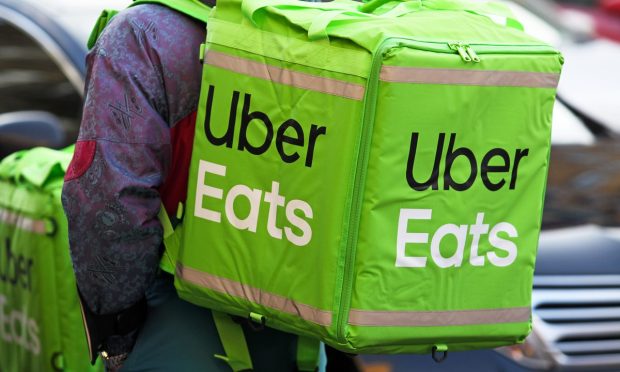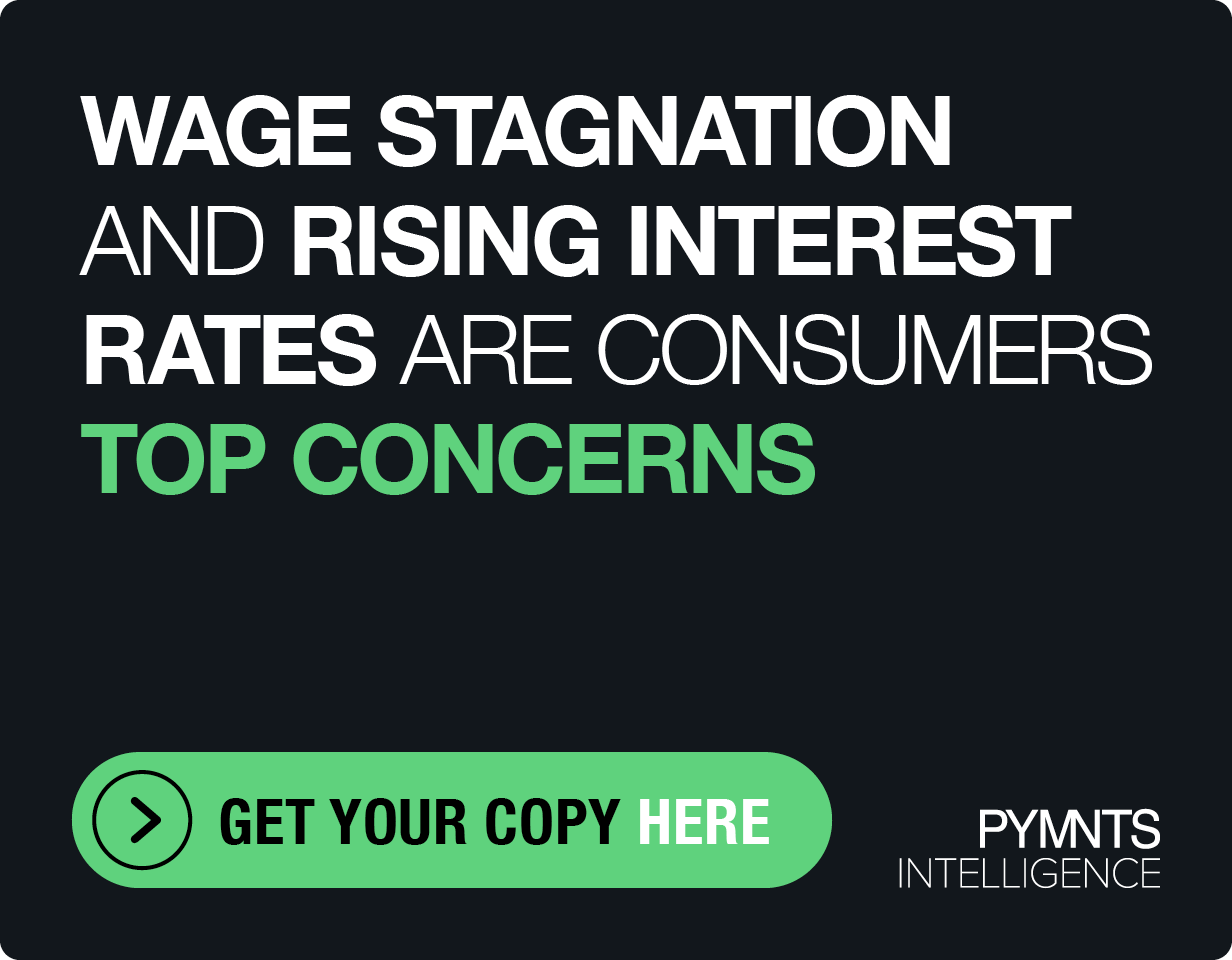As Competitors Develop In-House Digital C-Stores, Uber Eats Expands Third-Party Convenience Offerings

As leading food delivery aggregators seek out ways to drive more revenue from their costly driver networks, many are finding ways to grow their non-restaurant offerings. Uber, for its part, announced Tuesday (March 29) that it has entered into a partnership with bp to have 3,000 of the latter’s convenience stores available on Uber Eats around the world by 2025.
The partnership marks the aggregator’s first international convenience store agreement and builds on existing deals with bp in Australia, New Zealand, Poland, South Africa and parts of the United States, adding new locations in the United States and expanding the partnership to the United Kingdom.
Related news: Uber Eats Gets Into C-Store Delivery With bp
“With more than 20,500 locations around the world, bp’s reach is enormous — making them critical partners as we pursue our ambitions of helping consumers across the world get what they need delivered to their doorsteps,” Uber SVP of Global Delivery Pierre Dimitri Gore-Coty said in a statement.
Competitors DoorDash and Grubhub each have their own in-house digital convenience stores. In the summer of 2020, the former announced the launch of its DashMart online shop, and last month, Grubhub announced the launch of its DashMart competitor, an in-house digital convenience store called Grubhub Goods.
You may also like: DoorDash Launches Digital Convenience Stores
Grubhub Launches Grubhub Goods to Challenge DashMart, Gopuff
Uber Eats, for its part, provides convenience store delivery via Gopuff and through a range of other convenience retailers. In September of 2021, news broke of the company’s partnership with c-store delivery solution provider Lula to help enable smaller merchants to deliver convenience goods through Uber Eats’ marketplace.
Read more: Uber Eats Links With Gopuff For Convenience Store Delivery
Lula, Uber Eats to Provide On-Demand Convenience Store Delivery
Of the 42% of consumers who order through aggregators, 63% list convenience as one of their reasons for doing so, making this the top-cited motivator, according to PYMNTS’ Restaurant Friction Index. The study, created collaboration with Paytronix, drew from the results of a survey of a census-balanced panel of over 2,100 U.S. adults conducted in October, and found that an unwillingness to pay delivery or service fees was the top factor motivating non-users to steer clear.
See also: New Data Show Digital Loyalty Programs Are Key Differentiator For Top-Performing Restaurants
Indeed, consumers increasingly expect to be able to have their needs and desires met just hours or even minutes after they arise, and they are growing accustomed to on-demand convenience.
“The ease with which consumers can engage with their favorite brands leads to the acceleration of that inevitable move to more digital, less physical,” PYMNTS’ Karen Webster wrote in a recent story. “Once consumers get hooked on how easy it is to order pantry staples from Amazon Subscribe & Save or coffee on subscription from their favorite direct to consumer brand or dinner from a delivery aggregator or anything retail from any brand online, those online habits will stick.”
See more: The Value of Consumer Certainty in Driving Digital Transformation
